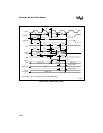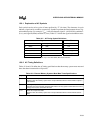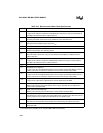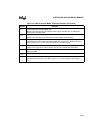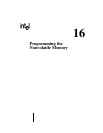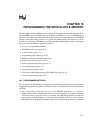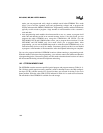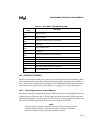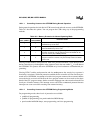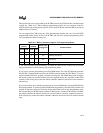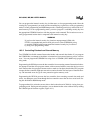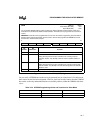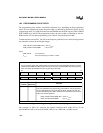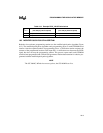
8XC196MC, MD, MH USER’S MANUAL
16-2
mode, you can program and verify single or multiple words in the OTPROM. This mode
allows you to read the signature word and programming voltages and to program the
PCCBs and unerasable PROM (UPROM) bits. Programming vendors and Intel distributors
typically use this mode to program a large number of microcontrollers with a customer’s
code and data.
• Auto programming mode enables the microcontroller to act as a master to program itself
with code and data that reside in an external memory device. Using this mode, you can
program the entire OTPROM array except the UPROM bits and PCCBs. (For the
8XC196MH, PCCB and UPROM modes allow you to program those locations. For the
8XC196MC and 8XC196MD, only slave mode allows you to program them.) After
programming, you can use the ROM-dump mode to write the entire OTPROM array to an
external memory device to verify its contents. Customers typically use this low-cost method
to program a small number of microcontrollers after development and testing are complete.
You can also program individual OTPROM locations without entering a programming mode.
With this method, called run-time programming, your software controls the number and duration
of programming pulses. Customers typically use this mode to download small sections of code to
the microcontroller during software development and testing.
16.2 OTPROM MEMORY MAP
The OTPROM contains customer-specified special-purpose and program memory (Table 16-1).
The 128-byte special-purpose memory partition is used for interrupt vectors, the chip configura-
tion bytes (CCBs), and the security key. Several locations are reserved for testing or for use in
future products. Write the value (20H or FFH) indicated in Table 16-1 to each reserved location.
The remainder of the OTPROM is available for code storage.



